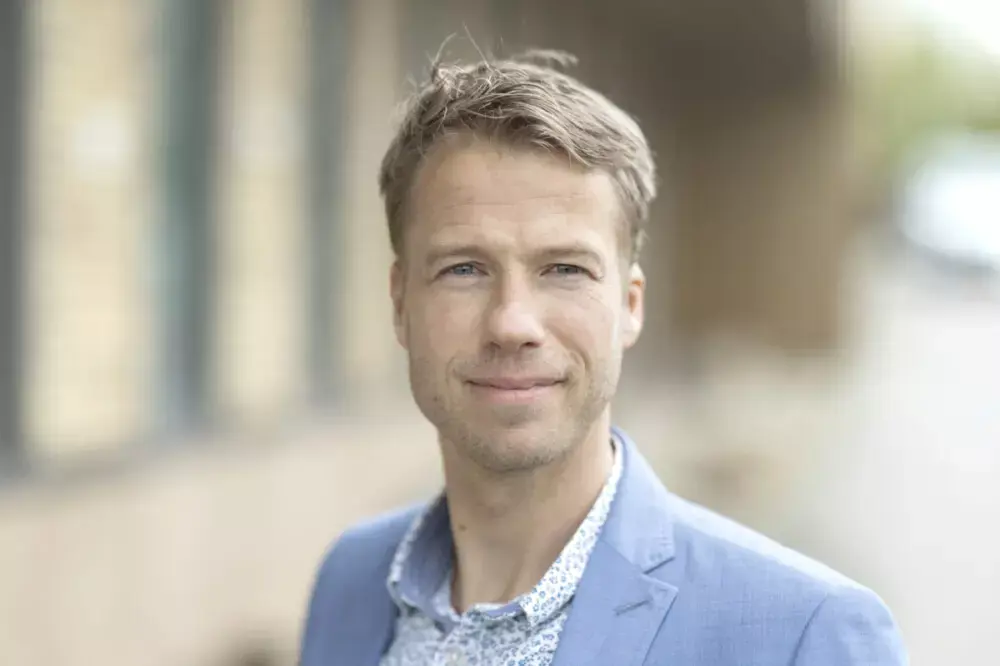- PartnerTennet
- CountryThe Netherlands

Offshore wind energy will grow extremely in the next decades. The 2030 roadmap shows 21 GW of installed capacity by itself, and the 2050 target is very ambitious at 70 GW. All these wind farms produce electricity, which is transported to land. Given the long distance from the coast, this requires several links of 2 GW each: IJmuiden Ver Alpha, Beta and Gamma, Nederwiek 1, 2 and 3.
Project goals
- Connecting offshore wind power to the national high-voltage grid
For grid connections, grid at sea projects are carried out, consisting of an offshore platform that captures the electricity from the wind turbines, a direct current connection over sea and land to a converter station that converts the steam to then deliver it to the high-voltage grid of the Netherlands. Pondera, in collaboration with Arcadis, is supporting TenneT in the preparation of these grid at sea projects by preparing the EIA and permit applications for both the offshore and onshore components.
In the case of Net op zee IJmuiden Ver Alpha, Beta, Gamma and Nederwiek 2, the EIAs have been completed and the permits finalised. This allows TenneT to realise the construction of these offshore grid projects. For Net op zee Nederwiek 1, a final permit is still in process because of an appeal procedure. Pondera, in collaboration with Arcadis, is currently working on the MER and permits for Net op zee Nederwiek 3. If all these offshore grid projects are operational before 2031, 12 GW of offshore wind energy can be transported to land.
The offshore part involves an offshore platform to which the individual wind turbines will be connected and the voltage level transformed (from AC to 525 kV DC) and a 525 kV DC cable connection from the offshore platform to land. The land part involves a DC cable that will eventually be connected to TenneT's national electricity grid via the converter station that has yet to be built on land.

An important part of the environmental impact assessment is determining the optimal offshore and onshore cable route, taking into account environmental, ecological, economic and technical aspects, and in particular the stakeholders in the surrounding area. An integrated impact analysis (IEA) was used for this purpose, which looked at the environment, technology, costs and the future-proofing in addition to the environment.
The now long-term cooperation between Pondera, Arcadis and client TenneT ensures that a well-coordinated team has been created that will also work together on the (latest) connection for Nederwiek 3.
